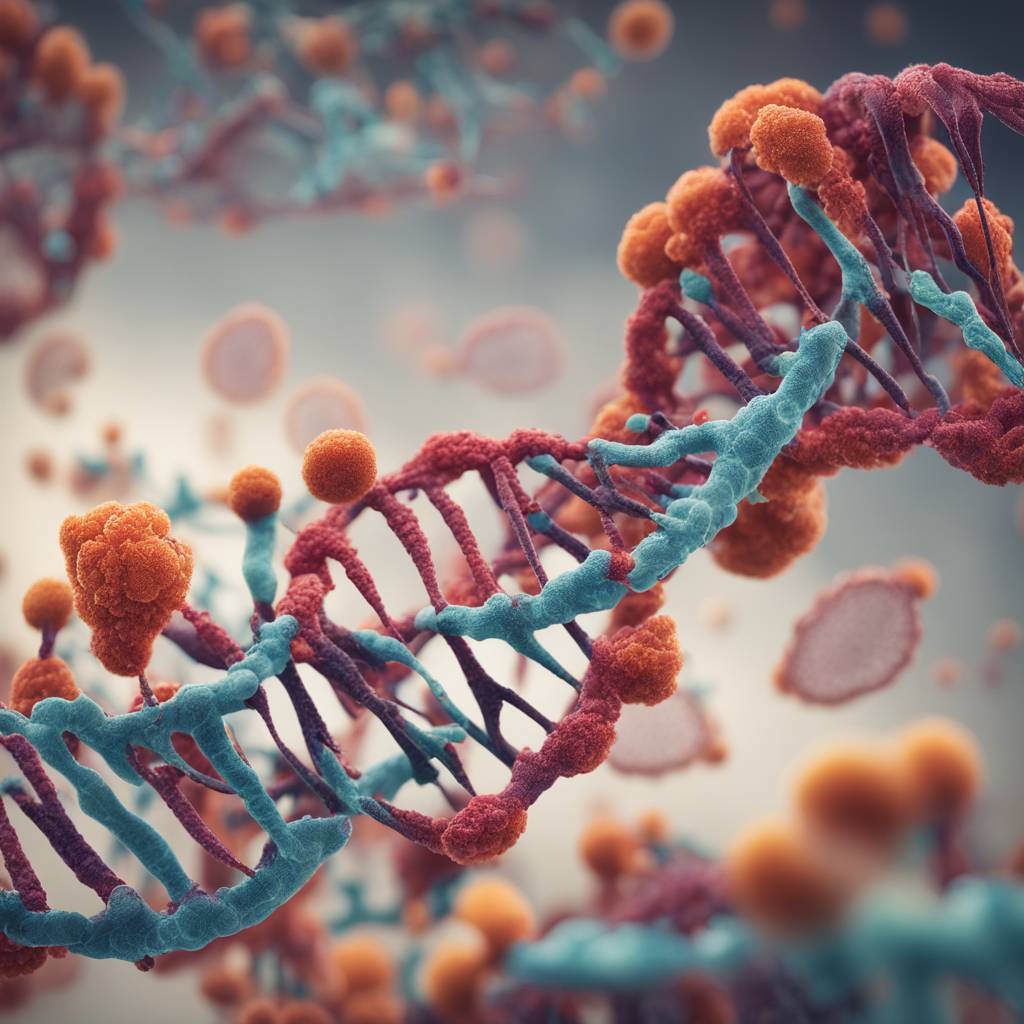Cockayne syndrome is a rare genetic disorder that is characterized by a range of severe symptoms, including facial deformities, growth failure, neurological impairments, and premature aging. This autosomal recessive disorder is caused by defects in DNA repair mechanisms, particularly in elements of nucleotide excision repair (NER) that are responsible for removing DNA damage caused by environmental factors such as UV light and chemicals. Researchers have recently made significant progress in understanding the role of the CSB/ERCC6 and CSA/ERCC8 genes in Cockayne syndrome, which encode enzymes involved in DNA repair.
A study conducted by biochemist Professor Julian Stingele and his team from LMU’s Gene Center Munich has shed light on a previously unknown function of the CSB and CSA genes in repairing covalent DNA-protein interactions during transcription. They found that DNA-protein crosslinks act as obstacles to transcription, which triggers CS proteins to initiate a transcription-coupled repair mechanism. This discovery is significant because it reveals a new role for CS proteins in repairing DNA damage that is distinct from the classic TC-NER pathway used to repair damage caused by UV light in diseases like xeroderma pigmentosum.
The researchers also discovered that the repair mechanism mediated by CS proteins works independently of the traditional TC-NER enzymes, which suggests that Cockayne syndrome has distinct biological pathways for repairing DNA damage compared to xeroderma pigmentosum. This finding could help explain the differences in the severity and complexity of symptoms between the two disorders. Despite these advancements, the exact process of CS-protein-mediated repair is still not fully understood, and further research is needed to elucidate this mechanism and its implications for developing targeted treatments for Cockayne syndrome.
The study published in Nature Cell Biology provides valuable insights into the molecular mechanisms underlying Cockayne syndrome and sheds light on a potential therapeutic target for treating the disorder. By elucidating the function of CS proteins in repairing DNA-protein crosslinks during transcription, the researchers have uncovered a critical aspect of how cells respond to DNA damage and maintain genomic stability. Understanding these repair mechanisms could lead to the development of novel treatment strategies for Cockayne syndrome that target the underlying genetic defects and alleviate the symptoms associated with the disorder.
Overall, the study by Professor Stingele and his team represents a significant step forward in unraveling the complexities of Cockayne syndrome and deepening our understanding of how DNA repair mechanisms contribute to human health and disease. By revealing a novel function of CS proteins in repairing DNA-protein crosslinks, the researchers have provided new insights into the pathogenesis of Cockayne syndrome and highlighted potential therapeutic targets for developing future treatments. Continued research in this area will be essential for advancing our knowledge of rare genetic disorders and improving clinical outcomes for individuals affected by Cockayne syndrome.


